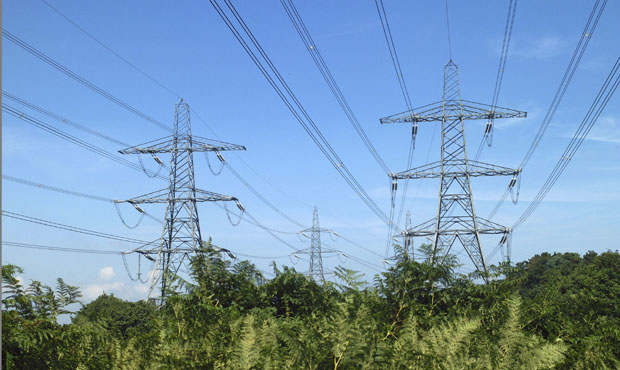Changes known as P272 are on the way that will implement the mandatory use of Half-Hourly (HH) data to ensure more
There are industry changes being made to Line Loss Factor Class (LLFC) Identifier codes which we want to make you aware of. This change will take place from 30th June 2016.
What is a Line Loss Factor Class (LLFC) Identifier code?
A LLFC is a three digit numeric code which is used by Distribution System Operators to categorise customer types and voltage levels. This is then used to allocate Distribution Use of System (DUoS) charges according to these categories.
The DUoS charge covers the cost of receiving electricity from the national transmission system and feeding it directly into homes and businesses through the regional distribution networks.
The below diagram shows where your LLFC appears in relation to your MPAN – you can find this number on your bill.

What is the change?
The Line Loss Factor Class Identifier code will change from a three-digit numeric value to a three-digit alphanumeric value (consisting of the digits 0-9 as before, and now the capital letters A-Z excluding I and O).
What does this mean to you?
We want to make this change as easy as possible for you, so we are updating our systems to ensure we can process the new alphanumeric form of the LLFC. However, it is important that you bear this change in mind for any systems you or a third party of yours may use, for example for bill validation purposes.
Why is this changing?
There is currently a limited number of LLFCs available to each Distribution System Operator. By making the LLFC alphanumeric, this limitation issue is resolved. This change will increase the number of LLFCs allowing Distribution System Operators to tailor their DUoS charges more specifically at a site level.



